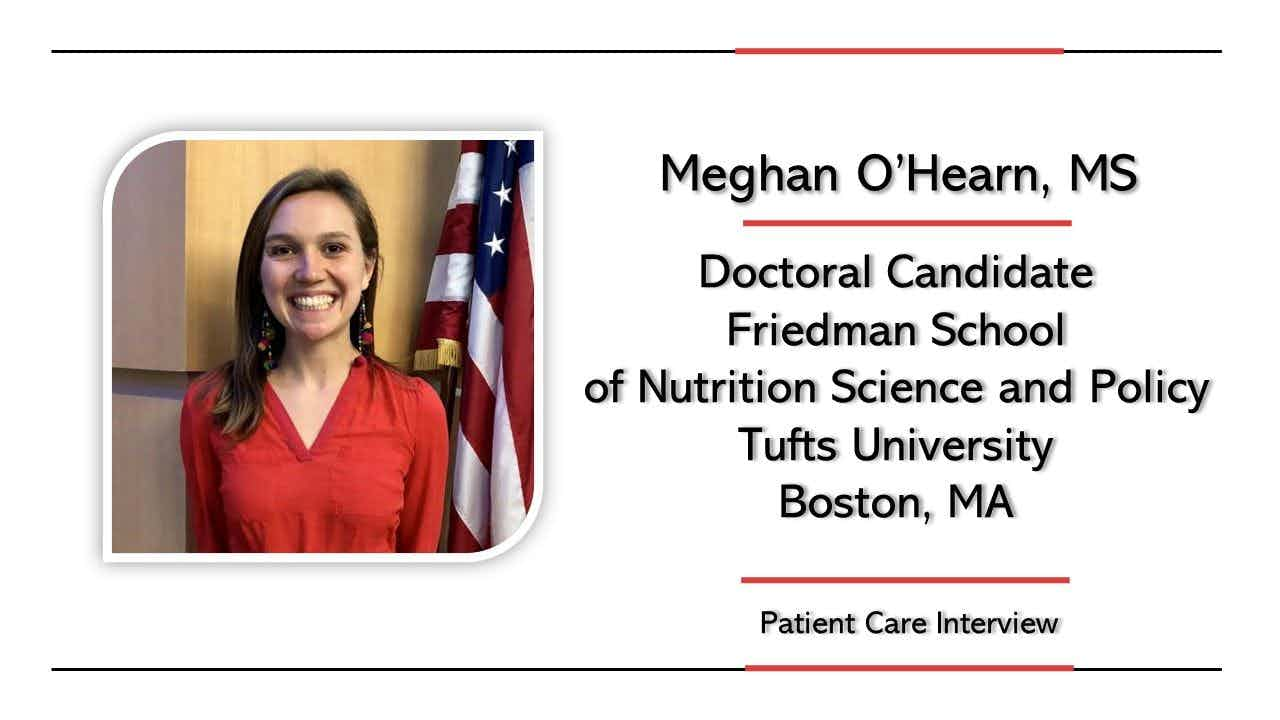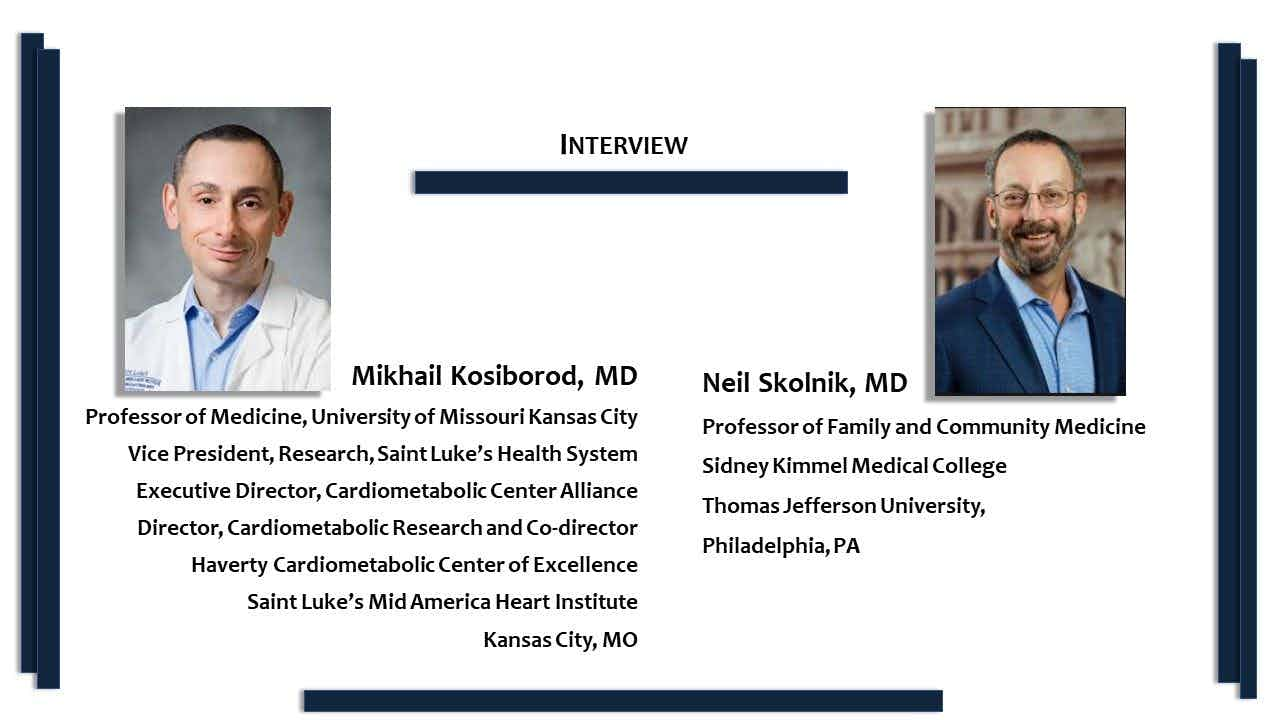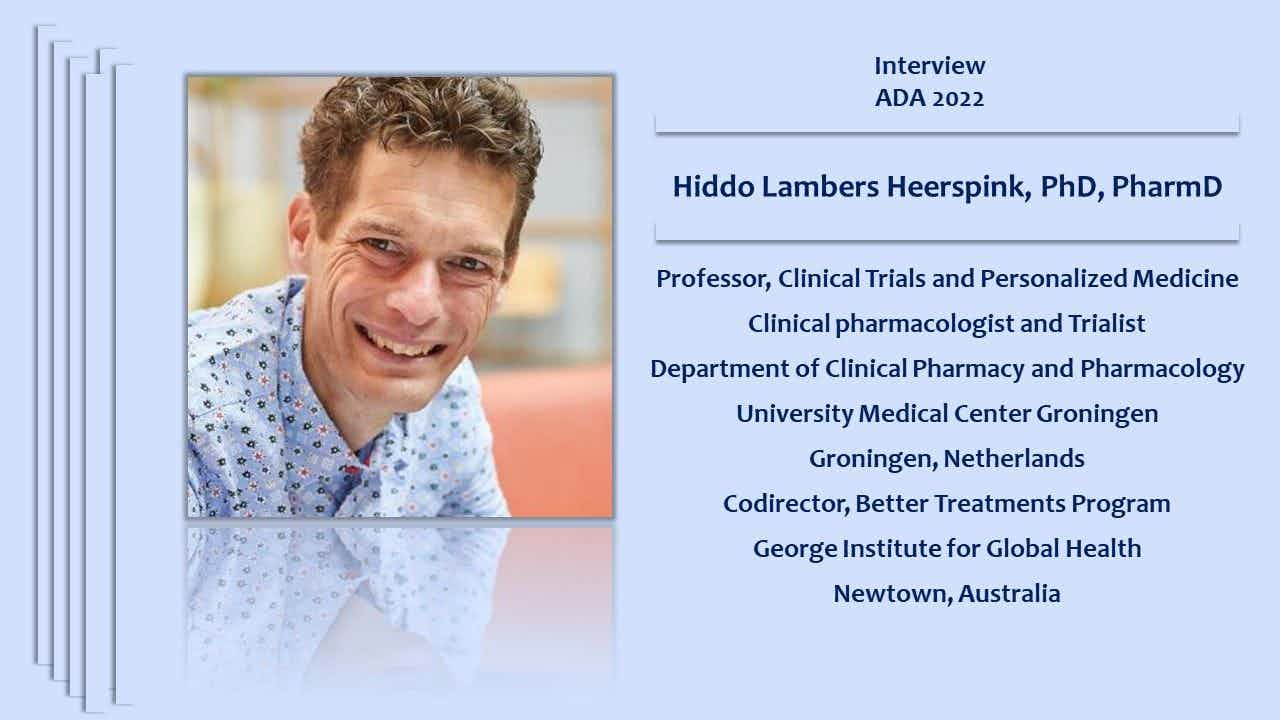A 25-Year-Old Hispanic Woman With a 5-Year History of Type 2 Diabetes
Persistent hyperglycemia despite triple oral antidiabetic therapy requires reassessment of medications with particular attention to risks for weight gain and hypoglycemia.
A 25-year-old Hispanic woman with a 5-year history of type 2 diabetes presents for a routine follow-up visit. Despite education, she has had difficulty in making diet and lifestyle modifications and currently has a BMI of 45 kg/m2.
Her treatment advanced from monotherapy with metformin at initial diagnosis, to her current regimen of metformin 2000 mg, glimepiride 8 mg, and sitagliptin 100 mg daily. She performs home blood glucose monitoring, and her fasting blood glucose levels range between 120 and 150 mg/dL. She experiences symptoms of hypoglycemia very rarely, only once every few months. Her A1C level is 7.8% and a recent fasting C-peptide level was 6 ng/mL (normal range, 0.78-1.89 ng/dL). The patient is concerned that her medication is not working as well as it should. Although her mother has type 2 diabetes, a nephew has type 1 diabetes, and she is wondering whether she could have type 1 diabetes instead of type 2.
The patient’s glycemic control remains unacceptable (A1C >7%) with triple oral antihyperglycemic medication therapy just 5 years after diagnosis of diabetes. It is important to identify which type of diabetes this patient is experiencing, to optimize her treatment. Favoring type 1 diabetes (in the slow-to-develop form known as latent autoimmune diabetes in adults, or LADA) is the relatively early failure of oral therapies and the presence of type 1 diabetes in her family history. Favoring type 2 diabetes is her very high BMI and the presence of type 2 diabetes in a close relative. It is possible to have true type 1 diabetes together with features of type 2 diabetes (eg, obesity and insulin resistance). When this occurs, the presence of a high C-peptide level may not exclude type 1 diabetes, with autoimmune injury to the beta cells and a need for insulin treatment. The high C-peptide level, however, does suggest quite significant resistance to the action of insulin.
Anti–glutamic acid decarboxylase (GAD) testing was performed and in this case was found to be negative.
What is your recommendation for the next step?
1. Refer to dietitian for a weight loss program
2. Start on Lantus therapy
3. Start on thiazolidinedione therapy
4. Reduce the glimepiride and begin liraglutide
The answer, and discussion, can be found at:
Would you please leave us your thoughts on treatment, below, first?








